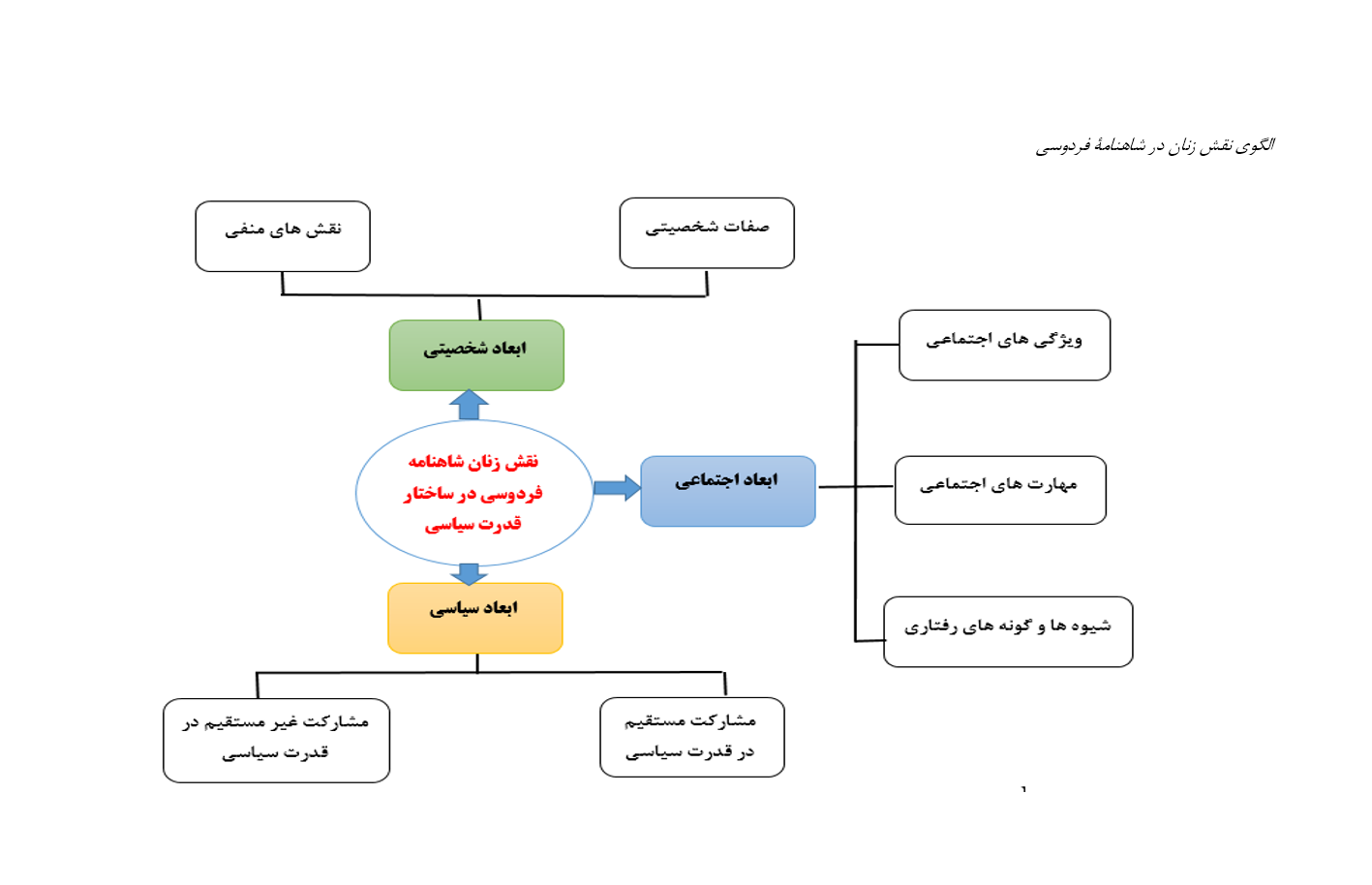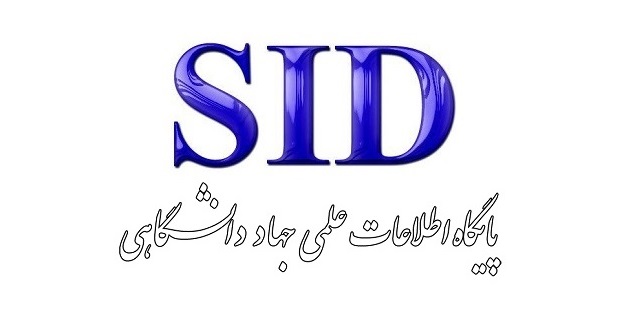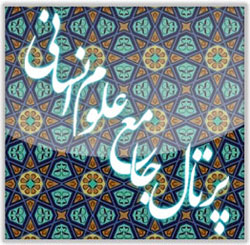بررسی نقش و شخصیت زنان در ساختار قدرت سیاسی در شاهنامۀ فردوسی
کلمات کلیدی:
تبیین , شاهنامه, قدرت سیاسی , ساختار, زنچکیده
هدف این مقاله، تبیین نقش زنان در ساختار قدرت سیاسی از منظر شاهنامۀ فردوسی است. روش تحقیق بهکاررفته در این مقاله، از نوع کتابخانهای است و از تکنیک تحلیل محتوا استفاده شده است. چارچوب نظری استفادهشده در آن، نقد اسطورهشناسی میباشد. یافتهها حاکی است که ابعاد، شاخصها و مؤلفههای مربوطه در شاهنامه، در سه بُعد از جمله: بُعد اجتماعی، شامل 3 مؤلفه 11 شاخص، بُعد سیاسی شامل 2 مؤلفه و 10 شاخص و در بُعد شخصیتی، شامل 2 مؤلفه و 9 شاخص، نقش زنان تعیین و ترسیم گردیده است. همچنین نتایج بهدستآمده از تحلیل شاهنامه نشان میدهد که زنان شاهنامه، علاوه بر عشق و احساسات زنانگی نسبت به همسران پهلوان خود، از قدرت بینظیری در ادارۀ امور کشوری و لشکری برخوردار بودهاند. آنها با ارائۀ نظرات و پیشنهادهای خود در امور سیاسی و کشوری، دخالتی مستقیم و غیرمستقیم در ساختار قدرت سیاسی داشتهاند که این نشان از تأثیر زیاد زنان در ساختار قدرت سیاسی دارد.
دانلودها
مراجع
Akbari, A. (2014). Investigating the dimensions and position of women in Ferdowsi's Shahnameh. Iranian Studies Magazine of Shahid Bahonar Faculty of Literature and Human Sciences, 14(28).
Albughbish, Z. (2021). Reflection and examination of female rulers and politicians in Ferdowsi's Shahnameh. Persian, Arabic, and English Literary Comparison Conference,
Amoozgar, J. (2015). Mythological History of Iran. Samt.
Behjat, H., & Farhadi, F. (2012). Analytical comparison of the role of women in the Shahnameh and the Nibelungen. The Specialized Quarterly of Persian Poetry and Prose Stylistics (Bahar Adeb), 5(3).
Ferdowsi, A. (1995). Ferdowsi's Shahnameh: Complete Text (Based on the Moscow Version). Drop.
Ferdowsi, A. (2013). Ferdowsi's Shahnameh. Gravure Printing.
Ghaemi, F. (2010). The background and theoretical foundations of the mythological criticism approach and the context and method of its application in the reading of literary texts. Literary Criticism Quarterly, 3(11).
Guiry, S. (1996). Anahita in Iranian Myths. Jamal al-Haq.
Khojayev, M., & Gianbagheri, H. (2019). Praise and criticism of women in Ferdowsi's Shahnameh. New Research Quarterly in Human Sciences, 3(27).
Moradian, R. (2015). Investigating the position and political and social role of women in Ferdowsi's Shahnameh. International Congress of Language and Literature,
Mousavi, S., & Khosravi, A. (2008). Anima and the secret of captivity of the companion sisters in Shahnameh. Journal of Women's Research, 6(3).
Naghi, H. A. (2011). Analysis of the character and role of women in the stories of the Shahnameh. Scientific Research Quarterly on Women and Culture, 3(9), 59-81.
Paknia, M. (2015). A reading of women in Shahnameh. Journal of Women's Studies, 4(2).
Pourmajidi Fateh, M., & Derkhosh, S. F. (2022). Role-playing of women in Shahnameh. Ormuzd Research Journal(58).
Sarami, G. (1989). From the Color of the Flower to the Pain of the Thorn. Scientific and Cultural.
Shamisa, S. (2013). Literary Criticism. Ferdous.
Shokati, A., & Dehghan, A. (2016). Studying the position of women in Ferdowsi's Shahnameh. Baharestan Sokhan Quarterly, 14(35).
Yousefi, G. (1990). Bright Spring. Scientific.

دانلود
چاپ شده
ارسال
بازنگری
پذیرش
شماره
نوع مقاله
مجوز
حق نشر 2025 مهسا عمادی (نویسنده); محمد کاظم کاوه پیش قدم; کرامت اله راسخ, فرح نیازکار (نویسنده)

این پروژه تحت مجوز بین المللی Creative Commons Attribution-NonCommercial 4.0 می باشد.







